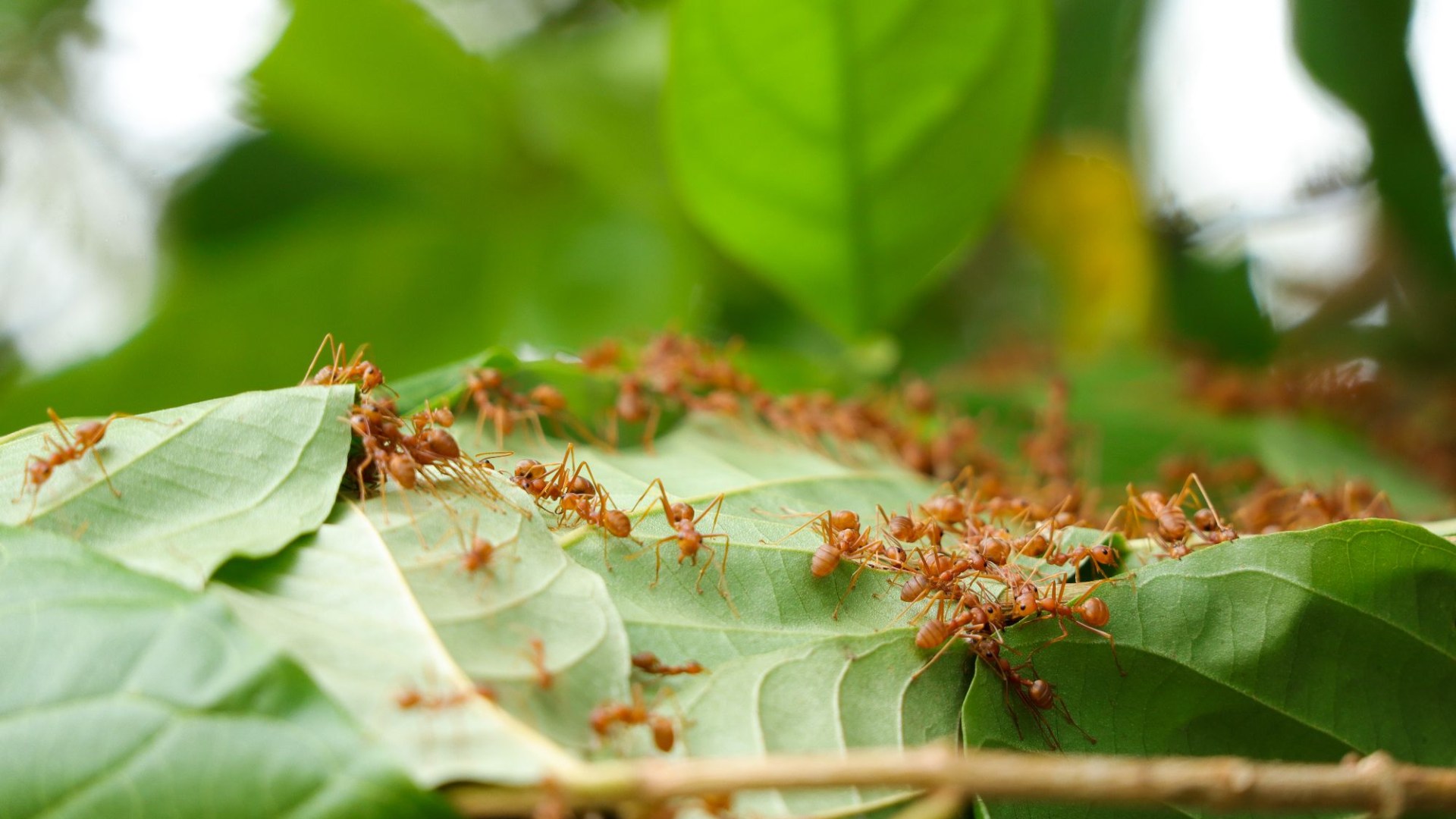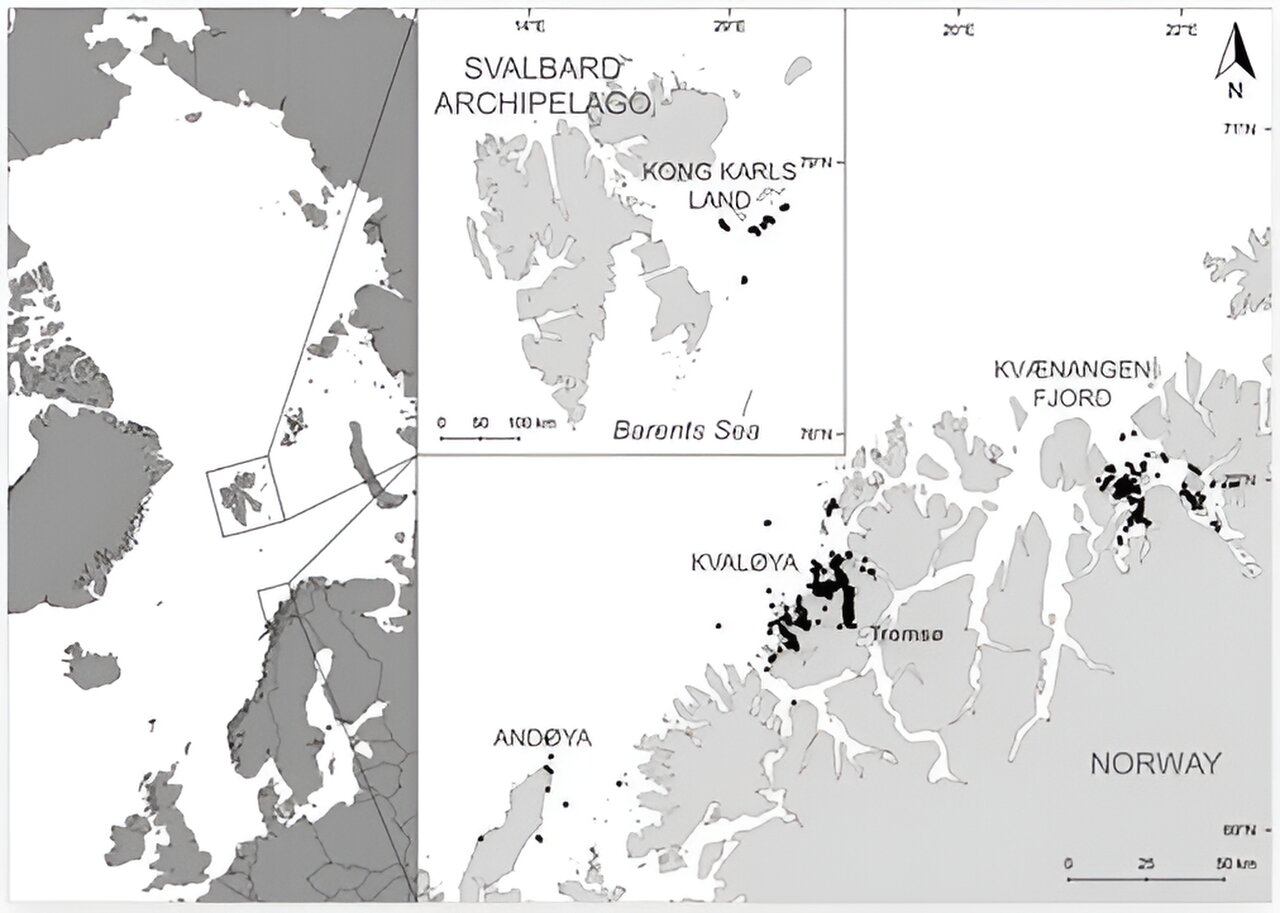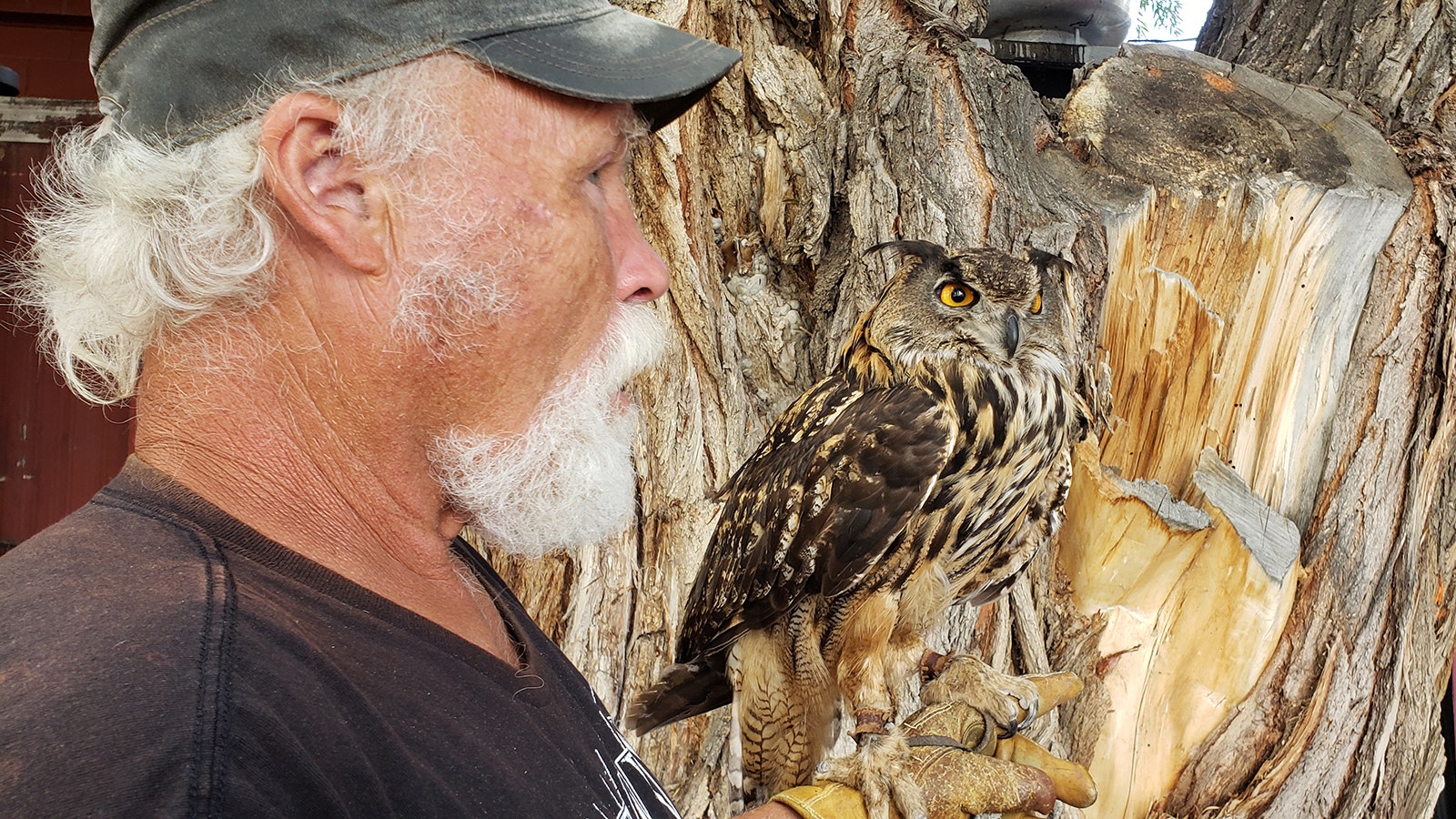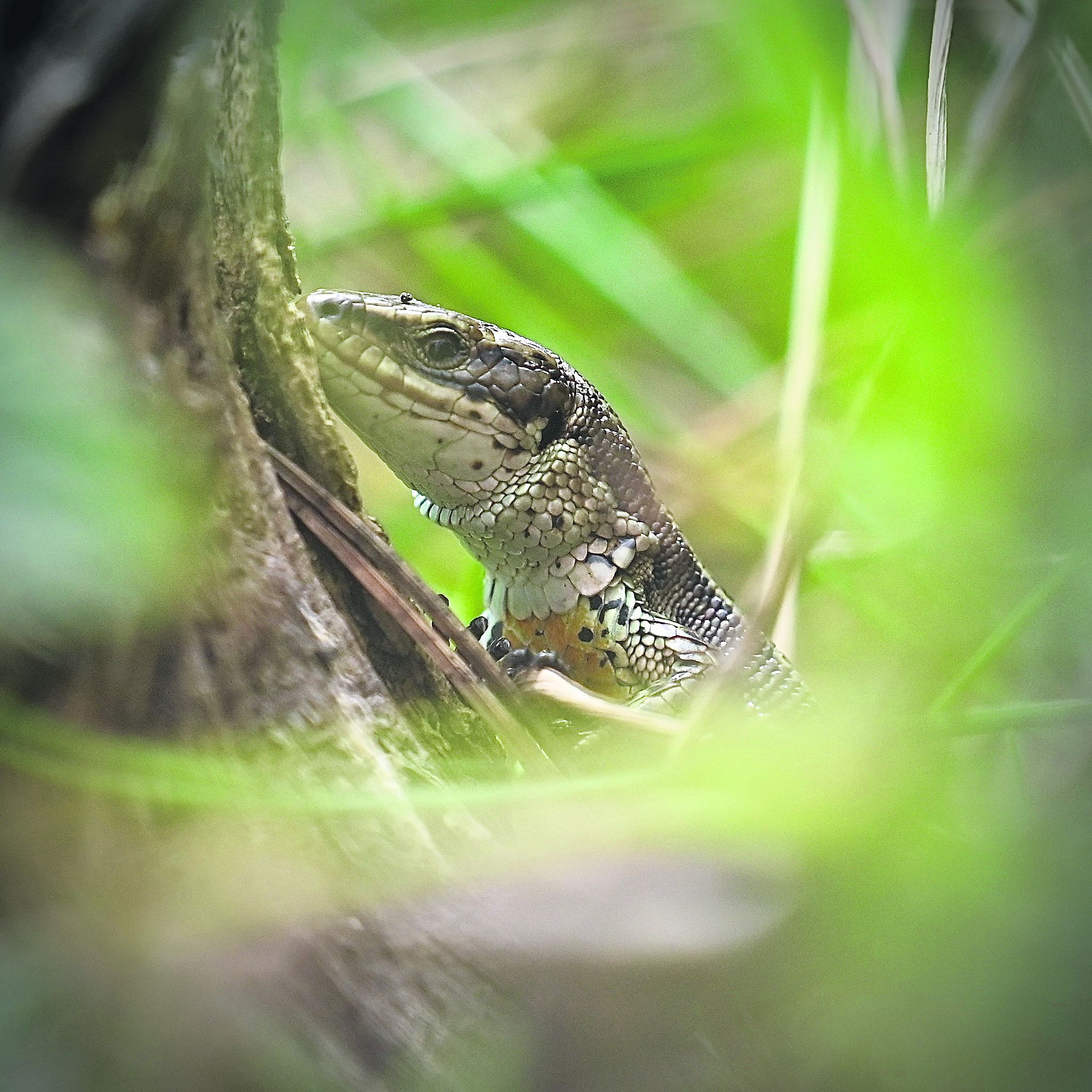New research is warning that this potentially dangerous and aggressive insect is making its way to Britain.
The red fire ant, known for its “painful and irritating” sting, has now spread from South America to Sicily in southern Europe.
Invasive animals are notorious for destroying eco-systems, agriculture and attacking humans.
But now experts fear the insect could be heading to the UK, after finding 88 red ant nests spread over five hectares of Syracuse in Sicily.
The colonies are located in the suburbs of the city of Syracuse, Sicily, which include a harbor and a natural park.
Study leader Roger Vila of the Institute of Evolutionary Biology of Spain (IBE), said: “It is a remote area, so it is unlikely that it was the first point of entry to the island.”
The group decided that the entrance should be a “go-to” area with human activity – like the commercial port of the city of Syracuse.
Wind direction analysis suggests that some flying queen ants may have arrived from the northwest, where the port of Syracuse is located and where the team recommended monitoring the ants.
Study leader Roger Vila of the Institute of Evolutionary Biology of Spain (IBE), said: “It is a remote area, so it is unlikely that it was the first point of entry to the island.”
“The results show that half of the urban areas in Europe would be climatically suitable for the establishment of these invasive species.
“Big cities like Barcelona, Rome, London or Paris can be very affected by this type of attack, which can have an impact on people’s lives due to its frequency and aggression.
“Cities on the Mediterranean coast, highly connected by ports, are the most suitable for S. invicta, which can facilitate its spread.
“Considering climate change projections, the situation could get worse, as the species could spread to other parts of Europe.”
He added: “Coordinated early detection and response efforts in the region are essential to successfully manage this new threat, before it spreads uncontrollably.”
First study author Mattia Menchetti said: “The public can play a key role in the detection of S. invicta, considering that it is often found in urban and nearby areas.
“It is possible to detect this ant due to its painful sting and the characteristic mounds of their nests, although expert confirmation is required.”
In less than a century, the ant has spread throughout the United States, Mexico, the Caribbean, China, Taiwan and Australia, and has been exterminated only in New Zealand.
Its presence in the United States has caused an estimated loss of £5 billion a year, while countries including Australia have given millions to its eradication, but with little success.
DEADLY ATTACK
Black and red ants, native to South America, are aggressive insects that were accidentally introduced to the US 40 years ago.
They bite prey with their beaks to hold them before injecting alkaloid poison into their tails.
Fire ants use their venom to trap other invertebrates, but are known to kill farm animals when food is scarce, scientists say.
A single ant can sting several times in a short time, and a swarm can attack thousands.
In humans the sting causes painful local swelling, and in rare cases can lead to life-threatening anaphylaxis.
At least 83 people in the US have been killed by fire ants near their hills.
But they also attack people inside buildings such as nursing homes and daycare centers, experts warn.
In 1999, the American College of Physicians reported that two elderly patients died after being stung by ants in separate homes in Mississippi.
A five-day-old baby also fell into a coma after ants swarmed his bed, but survived.
Dealing with the attack successfully requires killing the queen, otherwise the workers will keep coming back.
#Urgent #warning #deadly #insects #crawling #Britain





